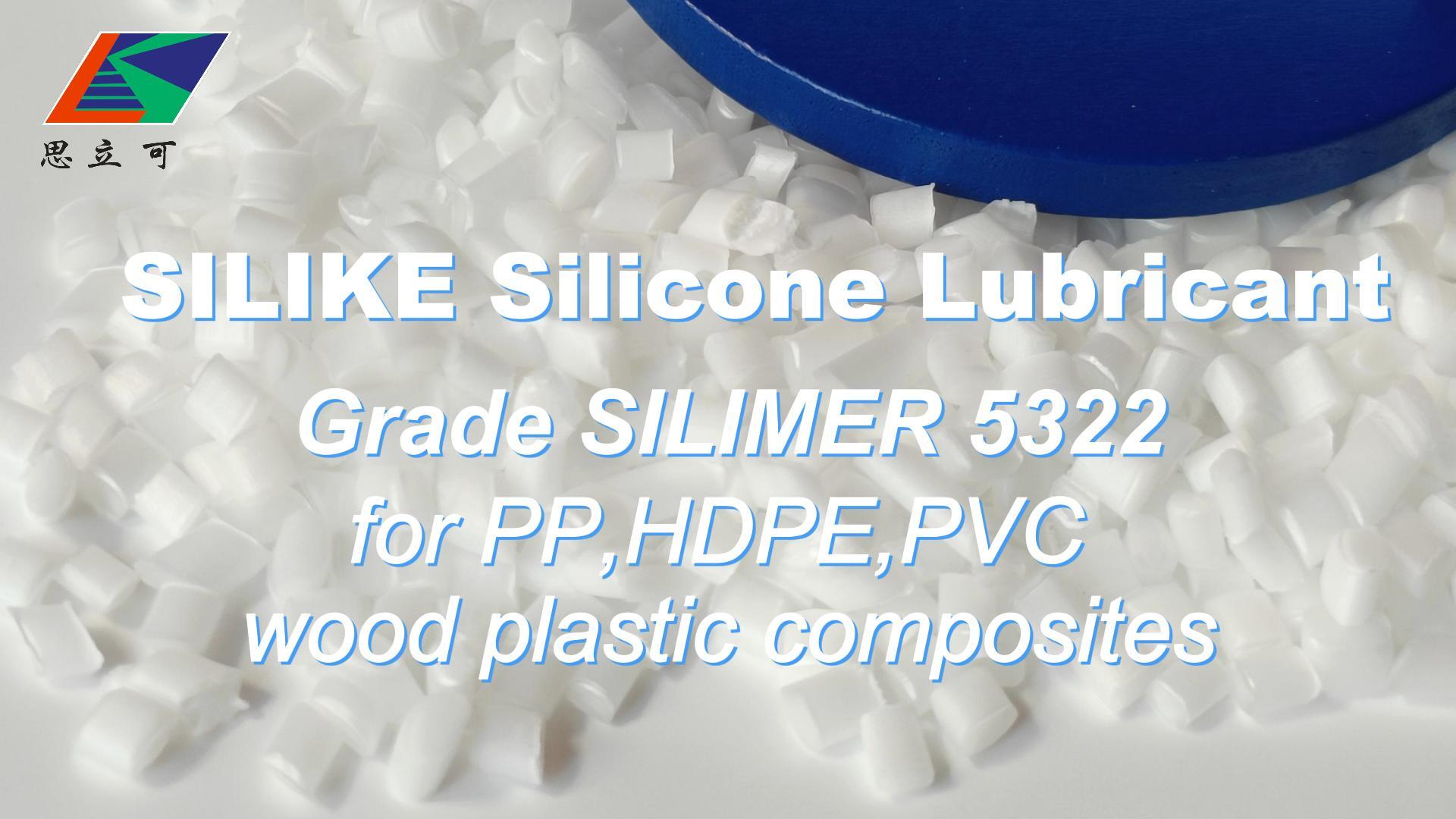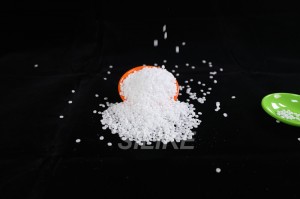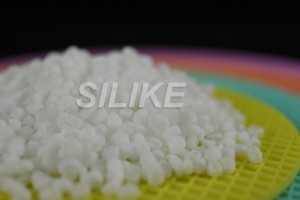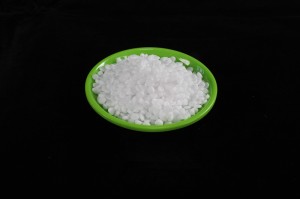Discover New Lubricant Additives for Wood Plastic Composites
Wood–plastic composite (WPC) is a composite material made of plastic as a matrix and wood as filler, Like other composite materials, the constituent materials are preserved in their original forms and are incorporated to obtain a new composite material with reasonable mechanical and physical properties and low cost. It is formed in planks or beams shape which may be utilized in many applications such as outdoor deck floors, railings, park benches, car door linens, car seat backs, fences, door and window frames, timber plate structures, and indoor furniture. Furthermore, they have shown promising applications as thermal and sound insulation panels.
However, like any other material, WPCs require proper lubrication to ensure optimal performance and longevity. The right lubricant additives can help protect WPCs from wear and tear, reduce friction, and improve their overall performance.
When selecting lubricant additives for WPCs, it is important to consider the type of application and the environment in which the WPCs will be used. For example, if the WPCs will be exposed to high temperatures or moisture, then a lubricant with a higher viscosity index may be necessary. Additionally, if the WPCs will be used in an application that requires frequent lubrication, then a lubricant with a longer service life may be needed.
WPCs can use standard lubricants for polyolefins and PVC, such as ethylene bis-stearamide (EBS), zinc stearate, paraffin waxes, and oxidized PE. In addition, silicone-based lubricants are also commonly used for WPCs. Silicone-based lubricants are highly resistant to wear and tear, as well as heat and chemicals. They are also non-toxic and non-flammable, making them an ideal choice for many applications. Silicone-based lubricants can also reduce friction between moving parts, which can help extend the life of the WPCs.
SILIMER 5322 New Lubricant Additives for Wood Plastic Composites
Lubricant Introduction for WPCs
This lubricant Additives solution for WPCs was specially developed for wood composites manufacturing PE and PP WPC (wood plastic Composites materials).
The core component of this product is modified polysiloxane, containing polar active groups, excellent compatibility with resin and wood powder, in the process of processing and production can improve the dispersion of wood powder, and does not affect the compatibility effect of compatibilizers in the system, can effectively improve the mechanical properties of the product. SILIMER 5322 New Lubricant Additives for Wood Plastic Composites with reasonable cost, excellent lubrication effect, can improve the matrix resin processing properties, but also can make the product smoother. Better than ethylene bis-stearamide (EBS), zinc stearate, paraffin waxes, and oxidized PE.
1. Improve processing, reduce extruder torque
2. Reduce internal and external friction
3. Maintain good mechanical properties
4. High scratch/impact resistance
5. Good hydrophobic properties,
6. Increased moisture resistance
7. Stain resistance
8. Enhanced sustainability
How to use
Addition levels between 1~5% are suggested. It can be used in classical melt blending processes like Single /Twin screw extruders, injection molding, and side feed. A physical blend with virgin polymer pellets is recommended.
Transportation & Storage
This WPC processing additive could be transported as a non-hazardous chemical. It is recommended to be stored in a dry and cool area with a storage temperature below 40 ° C to avoid agglomeration. The package must be well sealed after each use to prevent the product from being affected by moisture.
Package & Shelf life
The standard packaging is a craft paper bag with a PE inner bag with a net weight of 25kg. Original characteristics remain intact for 24 months from the production date if kept in recommended storage.
FREE SILICONE ADDITIVES AND Si-TPV SAMPLES MORE THAN 100 GRADES

Sample type
$0
- 50+
grades Silicone Masterbatch
- 10+
grades Silicone Powder
- 10+
grades Anti-scratch Masterbatch
- 10+
grades Anti-abrasion Masterbatch
- 10+
grades Si-TPV
- 8+
grades Silicone Wax












